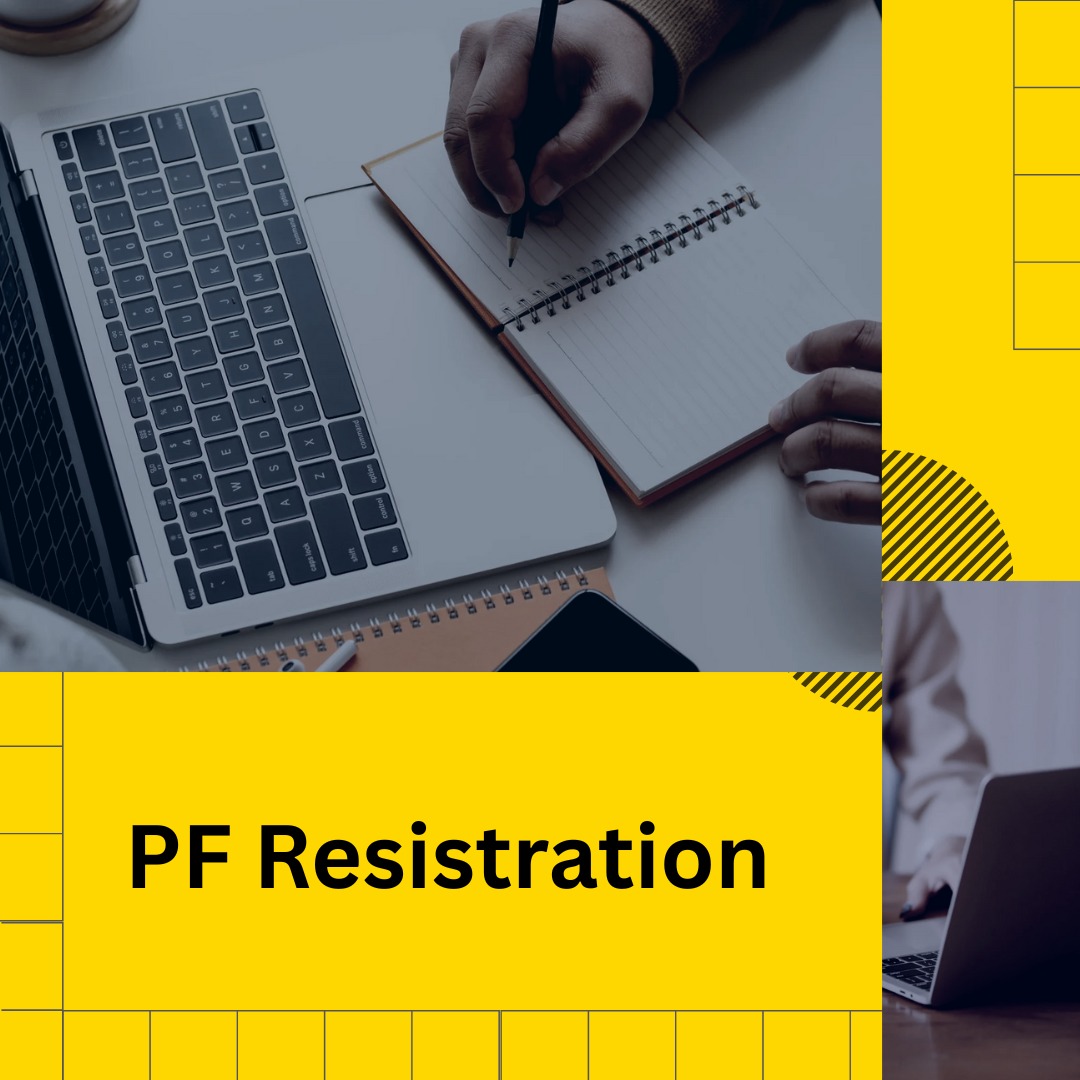

PF Managment
✅ What is PF Management?
PF (Provident Fund) Management means handling the complete process of Provident Fund compliance in an organization, including:
-
Registering employees under EPFO.
-
Deducting PF from salaries.
-
Matching employer’s contribution.
-
Filing monthly returns (ECR).
-
Depositing contributions before due dates.
-
Handling PF withdrawals, transfers, and claims.
It ensures both employee benefits (retirement savings, pension, insurance) and employer compliance under EPF laws.
???? PF Contribution Structure in India
-
Employee Contribution: 12% of (Basic + DA).
-
Employer Contribution: 12% of (Basic + DA), split into:
-
3.67% → Provident Fund (EPF).
-
8.33% → Pension Scheme (EPS).
-
0.5% → EDLI (Insurance).
-
0.85% → Admin & Inspection charges.
-
???? PF Management Process
1. Registration
-
Company must register on EPFO Portal (mandatory if 20+ employees).
-
Generate PF Establishment Code.
2. Employee Enrolment
-
Generate UAN (Universal Account Number) for each employee.
-
Link Aadhaar, PAN, and bank account with UAN.
3. Payroll Processing
-
Calculate monthly salary → deduct PF (employee share).
-
Add employer share.
-
Prepare ECR (Electronic Challan-cum-Return).
4. PF Payment
-
Upload ECR on EPFO portal.
-
Make online PF payment before 15th of every month.
5. Compliance & Returns
-
File PF returns (monthly, annual if required).
-
Maintain PF registers and records.
-
Handle PF inspections/audits if initiated by EPFO.
6. Employee Support
-
Help employees with:
-
PF withdrawal (Form 19).
-
Pension claim (Form 10C).
-
PF transfer when changing jobs.
-
UAN activation & passbook download.
-
???? Benefits of PF Management
✅ Retirement savings for employees.
✅ Pension + life insurance (EPS + EDLI).
✅ Helps employers stay compliant & avoid penalties.
✅ Builds employee trust and retention.
???? Challenges in PF Management
❌ Missing payment deadlines → fines/penalties.
❌ Wrong employee details → payment mismatch.
❌ Complex compliance rules for SMEs.
???? Best Practices
-
Automate payroll with PF-compliance software (GreytHR, Keka, Zoho Payroll, RazorpayX).
-
Keep employee records (Aadhaar, PAN, bank) updated.
-
Train HR/payroll teams on EPFO rules.
-
Regularly reconcile PF challans and passbooks.
✅ In short: PF Management = Register + Deduct + Deposit + Report + Support Employees.
